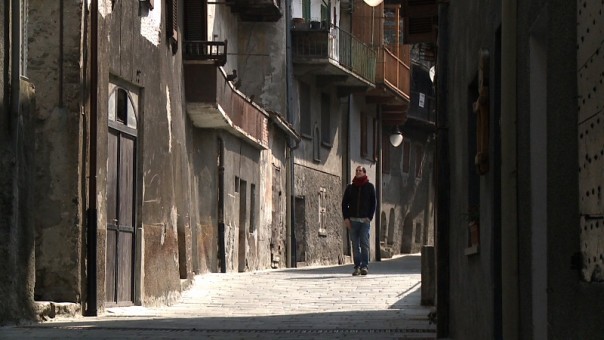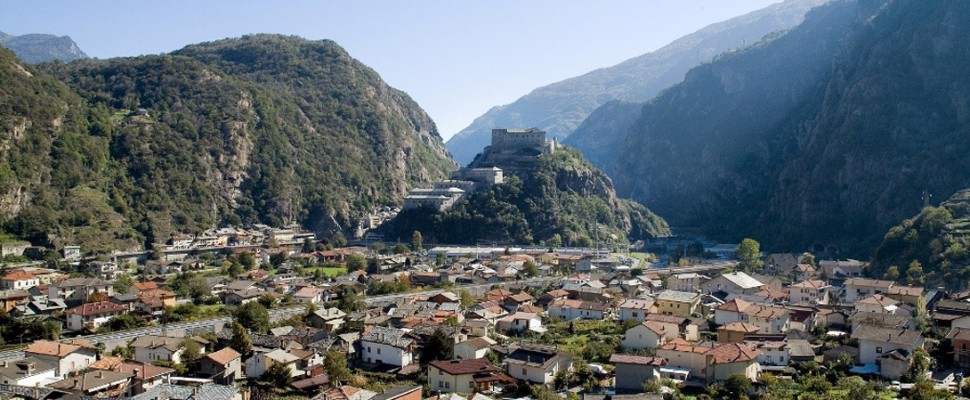The quiet and authentic little town of Bard is best known for its domineering Fortress which attracts thousands of visitors a year.
Situated 381 metres above sea level, this quiet and picturesque town is narrowly placed between the rock on which the famous Fort sits and the mountain at the start of Valle di Champorcher.
Perfect for
Quick facts
- The fort was built in 1034
- It now plays host to the alpine museum
Getting to Bard
Bard sits just off the A5 motorway between Turin and Aosta and is 48KM from Aosta. It is also possible to take a train from Aosta or Turin and alight at the Stazione di Hône-Bard. Local bus services also reach Bard from Aosta.
More about Bard

BARD’S HISTORY
Situated 381m above sea level, this quiet and picturesque town features many 16th century buildings, including the Bishop’s House and the House of the Sun Dial. Bard Fortress is its most famous landmark. Due to its strategic position, it’s always been a bulwark against invasions and was therefore fortified in ancient times. With buildings joined together by arches with mullioned and cross windows, it’s perhaps the most important medieval district in the valley.

BARD’S LANDSCAPE
Bard is located at the centre of a narrow gorge at the head of the Aosta valley, narrowly placed between the rock on which the famous Fort sits, and the mountain at the start of Valle di Champorcher. Archaeologists have discovered several large engraved stones around the area, and rock incisions dating back to the Iron Age. There’s also an important geosite overlooking the Bard district that features “marmitte dei gigantic”, “or giant pots”, which are cavities formed in the rock due to the erosive force of the sub-glacial waters.

BARD FORTRESS
Dating back to 1034, Bard Fortress dominates the town as the most impressive example of Valle d‘Aosta military architecture. It was built where the Salassi and Romans had already built their fortifications, and in 1241 it was handed over by the Lords of Bard to the Counts of Savoy, who have since then ruled the domain. The fort is linked to Napoleon’s passage and Camillo Benso di Cavour’s stay in the area. After careful restoration, it now hosts the Alpine Museum and various temporary exhibitions.

